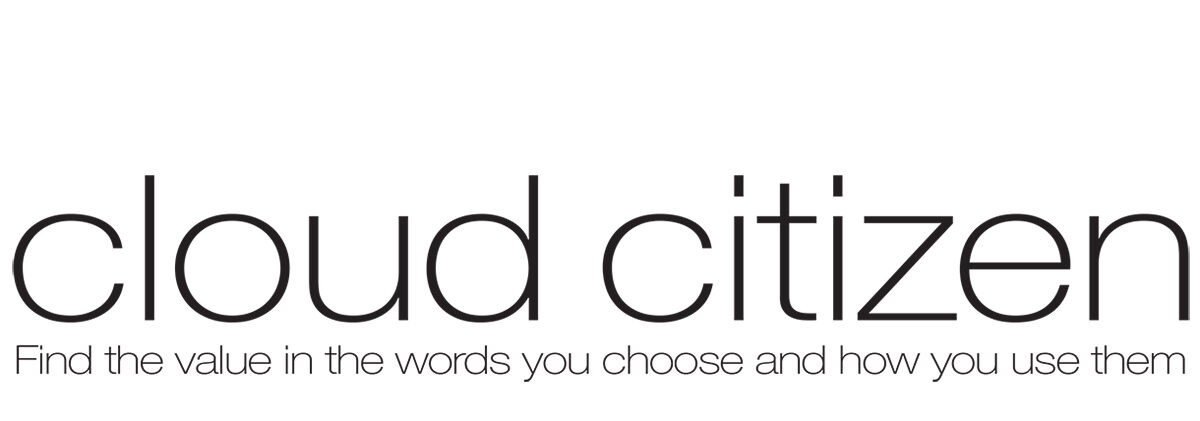
As a writer, I was enlisted into the 200-strong technical team of a Big Four Australian bank to help it produce documentation that could help the bank’s developers share knowledge and learn about the technologies that were the focus of a transformational development designed to deliver the bank’s services via an array of mobile devices.
As its communication vehicle for this purpose, the bank’s development team used the Atlassian wiki, Confluence, a first-class tool deservedly beloved of technical teams around the world.
Through it, the system’s architects had created many documents trying to give shape and a common understanding to the project, most of which remained incomplete, but on the system, undeleted.
Despite the development of high-quality documentation being a declared project goal, giving attention to the detail of delivering it was the last thing on the architects’ minds as they continued to give shape to their baby.
Then, at the time I joined, six months into the project, the growth in the system’s sprawling mass of content began to accelerate as a new intake of engineers joined its team.
Common among these technicians’ complaints was that the platform materials they needed to understand what they were doing was missing, because it had never been commissioned or committed to an enduring set of specifications by the architects responsible. This meant that no one knew where the holes were in the information available.
Compounded by all the usual variations in the ability to write or to communicate ideas clearly, with much of its content also being contributed by non-native English speakers, no one could identify which documents had outlived their usefulness.
That its development team was not familiar with such processes as are ubiquitous in professional publishing was, in retrospect, not surprising, given that, to the best of my knowledge, none had worked in it.
For me, having worked for almost 20 years as a sub-editor – a critical fact-checking, sense-making and quality control editorial role in all professional media – my own greatest learning was that in a social technology-enabled workplace a new discipline needs to be built to organise social content if the purpose of the material it generates is to drive learning effectively.
This experience taught me that without following a plan, even the best tools can not prevent the failure to capture critical knowledge and, therefore, limit the capacity to learn from the best minds across a business.
And for the purposes of delivering high-quality AI in which the capture of the best knowledge available and its transformation into clean, reliable modelling data is of the essence, this might be considered a major impediment.
…
As in the sidebar to the right, the menu of pieces in this series runs as follows:
Start here to build new, smarter AI-driven business productivity
How expectations held of even the best social workplace software can fall short
Challenges of mapping organisational knowledge for AI
What makes managing workplace social content different
This basic AI challenge is present in every organisation
In capturing workplace knowledge, the devil is always in the detail
The lost opportunity of poor documentation
You need a process for commissioning new material
Questions to ask when trying to create the documentation that can deliver superior AI
